The Globetrotting Meatball: A Spicy Journey Through Kofte Traditions Around the World
Table of Contents
- What Exactly is Kofte?
- Kofte Around the Globe: Regional Variations
- Top 5 Tips for Perfect Kofte Every Time
- Spice It Up: The Secret Behind Irresistible Kofte
- Pairing Perfection: Sides, Sauces & More
- Kofte Comparison Table
- Final Thoughts
Kofte: More Than Just a Meatball
If you thought meatballs were just for Italian pasta dishes or Swedish smörgåsbord, think again! Kofte—a spiced, seasoned, and often grilled meatball—is a culinary staple from the Balkans to India, and it’s time we gave it its well-deserved global spotlight.
Derived from the Persian word "koftan" (to pound or grind), kofte comes in countless forms: skewered like Turkish köfte, baked like Armenian kufte, or even stuffed like Indian kheema kofte. Each region has its own way of packing flavor into every bite.
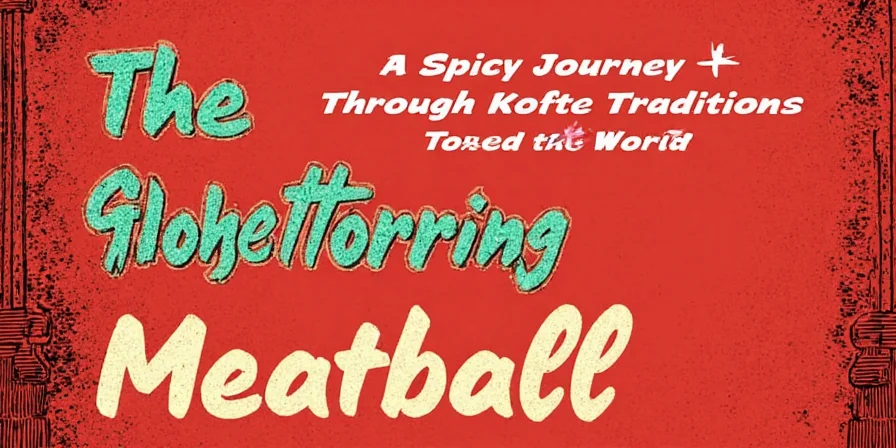
From Anatolia to Andhra: Kofte Around the World
Kofte isn’t just one thing—it’s a family of spiced meatballs that have evolved across continents and centuries. Let’s take a whirlwind tour around the globe!
- Turkish Köfte: Ground lamb or beef mixed with onions, parsley, and spices like cumin and paprika. Often grilled over charcoal for smoky depth.
- Armenian Kufte: Baked rather than grilled, this version sometimes uses bulgur wheat and features allspice and cinnamon—a surprising but delicious twist.
- Persian Koofteh: Finely minced lamb blended with grated onion, turmeric, and parsley, rolled into oval shapes and grilled to perfection.
- Indian Kheema Kofte: Stuffed meatballs made from minced mutton mixed with ginger, garlic, chili, and garam masala, then fried and simmered in curry sauce.
- Balkan Ćufta: Often larger and rounder, these are pan-fried and served with yogurt or ajvar.
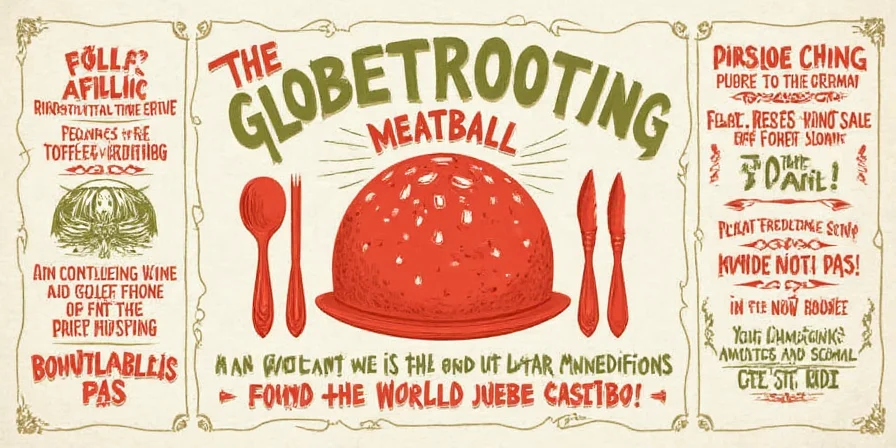
Top 5 Tips for Making Killer Kofte at Home
Making kofte may seem simple, but getting that perfect texture and flavor takes more than just mixing ground meat and spices. Here are some pro-level tricks to elevate your game:
- Keep it cold: Chill your meat and spices before mixing. Cold fat emulsifies better, leading to juicier, more tender kofte.
- Don’t overmix: Overworking the meat can lead to dense, tough kofte. Mix until just combined.
- Add grated onion—but drain it first: Onion adds moisture and flavor, but excess juice can make your mixture soggy. Squeeze out the liquid or use finely chopped dried shallots instead.
- Use a binder sparingly: Egg helps bind the meat, but only a small amount is needed—1 egg per 1 lb (450g) of meat is ideal.
- Rest them before cooking: Let the shaped kofte sit in the fridge for at least 30 minutes. This firms up the proteins and helps maintain shape during cooking.

The Secret Sauce? It’s All About the Spice Blend
One of the defining features of kofte across cultures is the spice blend. Whether it's the earthy warmth of cumin in Turkish versions or the floral notes of cinnamon in Armenian kufte, the right spice combo can make or break your dish.
Here’s a quick guide to essential kofte spices:
- Cumin: Earthy, smoky, and essential for Mediterranean and Middle Eastern styles.
- Paprika: Adds color and mild sweetness. Smoked paprika gives an extra layer of flavor.
- Turmeric: Used especially in Persian and Indian styles, it adds a golden hue and subtle bitterness.
- Garam Masala: In Indian kheema kofte, this warm-spice mix brings heat and complexity.
- Allspice/Cinnamon: Found in Levantine and Armenian recipes, giving a sweet-heat contrast.
- Coriander: Offers citrusy brightness and balances heavier meats.
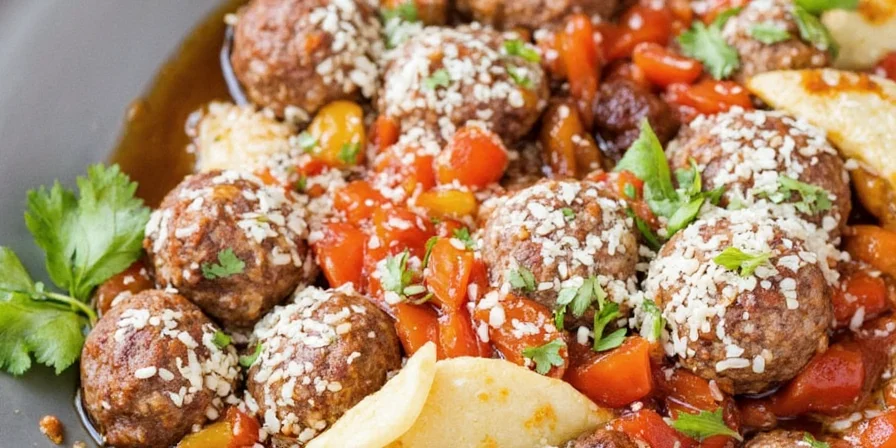
Serving Suggestions: What to Pair With Your Kofte
Kofte shines when paired with complementary sides and sauces. Here are some classic combos that work across cuisines:
- Pita bread or lavash: Wrap your grilled kofte in flatbread with pickled veggies and yogurt sauce.
- Rice pilaf or saffron rice: Especially great with richer kofte varieties like Armenian kufte.
- Tomato-based sauces: Some versions come with spicy tomato gravy, adding acidity and richness.
- Herb-heavy salads: Think Greek salad or tabbouleh—fresh greens cut through the richness of the meat.
- Condiments: Tzatziki, tahini, mint yogurt, or garlic aioli are must-haves for dipping or drizzling.
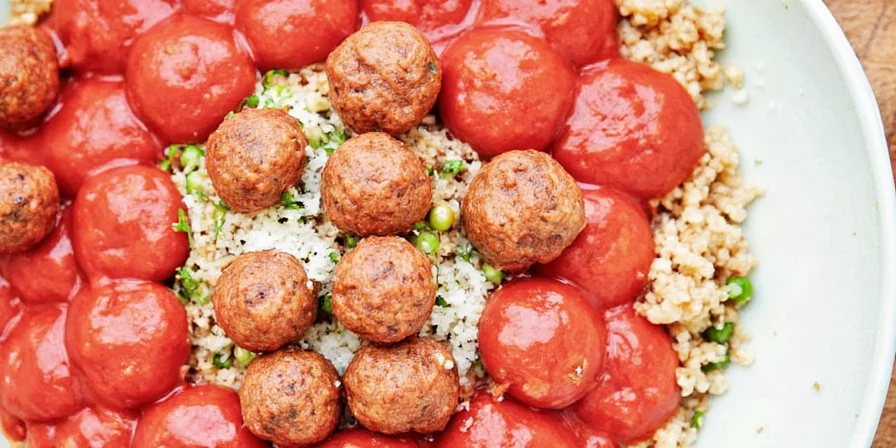
Kofte Showdown: A Global Comparison
| Style | Main Meat | Signature Spices | Method | Unique Feature |
|---|---|---|---|---|
| Turkish Köfte | Lamb/Beef | Cumin, Paprika, Parsley | Grilled | Charred exterior, juicy interior |
| Armenian Kufte | Beef/Lamb | Allspice, Cinnamon | Baked | Uses bulgur wheat for binding |
| Persian Koofteh | Lamb | Turmeric, Coriander, Parsley | Grilled | Oval shape for even charring |
| Indian Kheema Kofte | Lamb/Mutton | Garam Masala, Ginger, Garlic | Fried & Simmered | Stuffed with curry filling |
| Balkan Ćufta | Beef/Pork | Black Pepper, Salt | Pan-fried | Larger, round balls with crispy crust |
Final Thoughts: The Universal Appeal of Kofte
Kofte isn't just a dish—it’s a global love letter written in minced meat and spices. From backyard grills in Istanbul to festive tables in Mumbai, kofte bridges cultures, comfort levels, and flavor profiles with ease.
Whether you're a seasoned chef or a curious home cook, there’s no better time to explore the many faces of kofte. Try making a few different versions, compare their textures and flavors, and maybe even host a kofte tasting party!
So go ahead—roll up your sleeves, season that meat with passion, and let kofte take center stage on your plate.
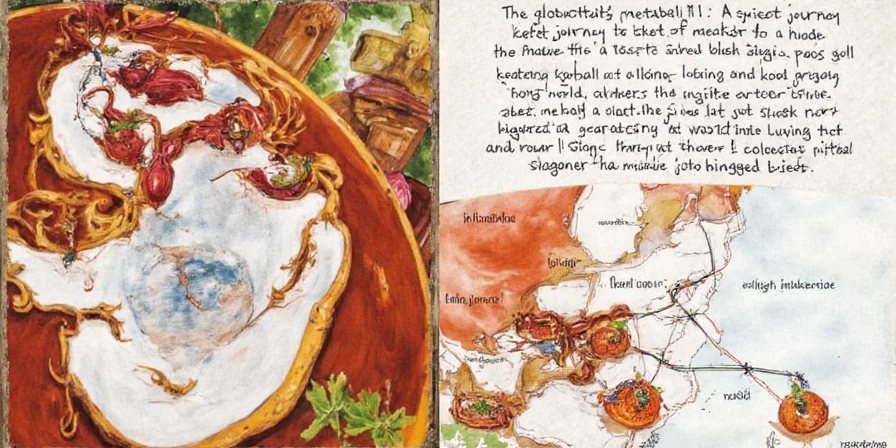

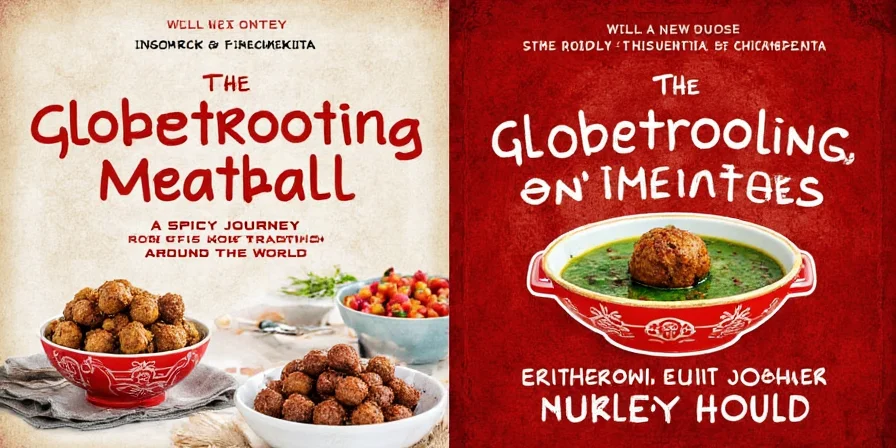









 浙公网安备
33010002000092号
浙公网安备
33010002000092号 浙B2-20120091-4
浙B2-20120091-4